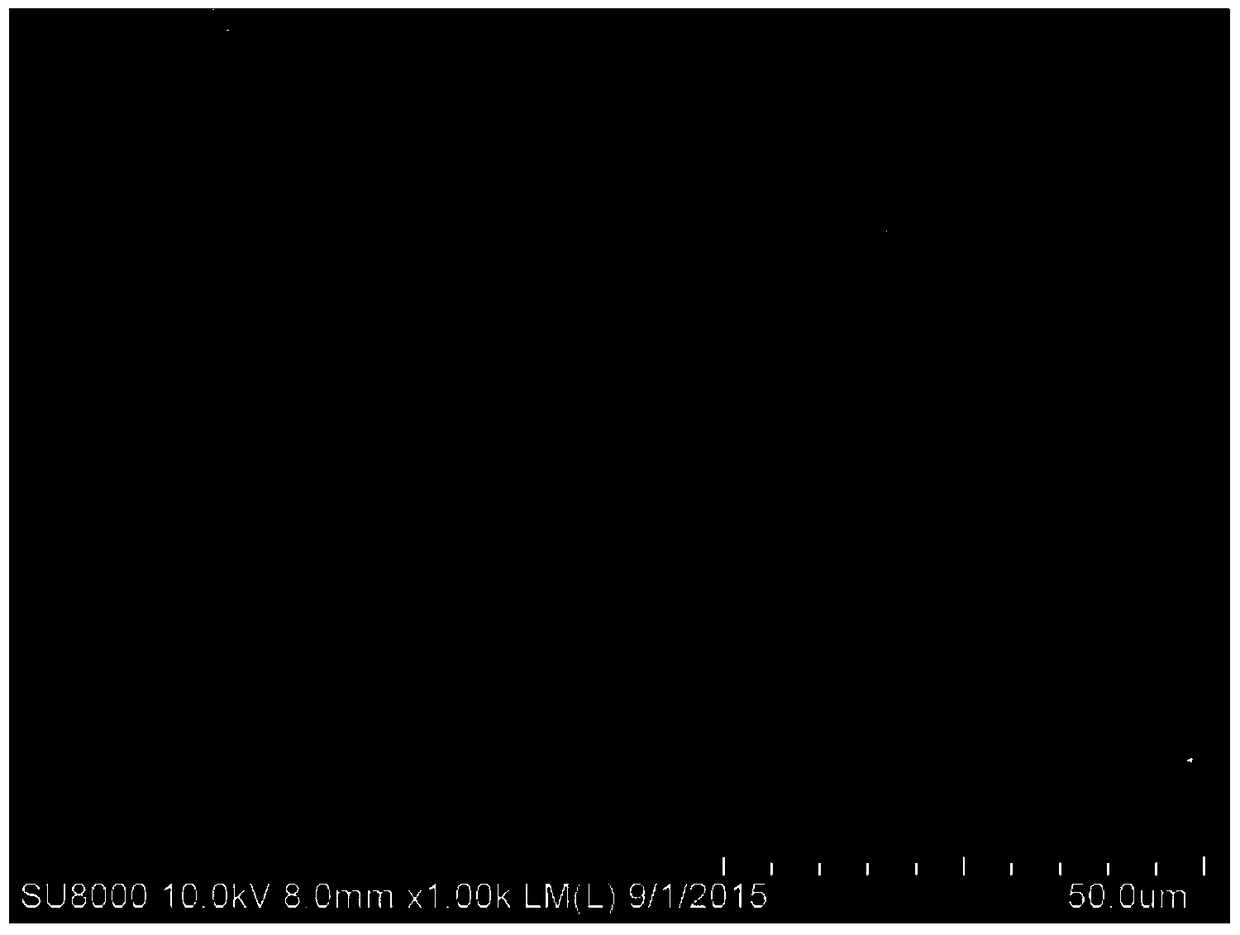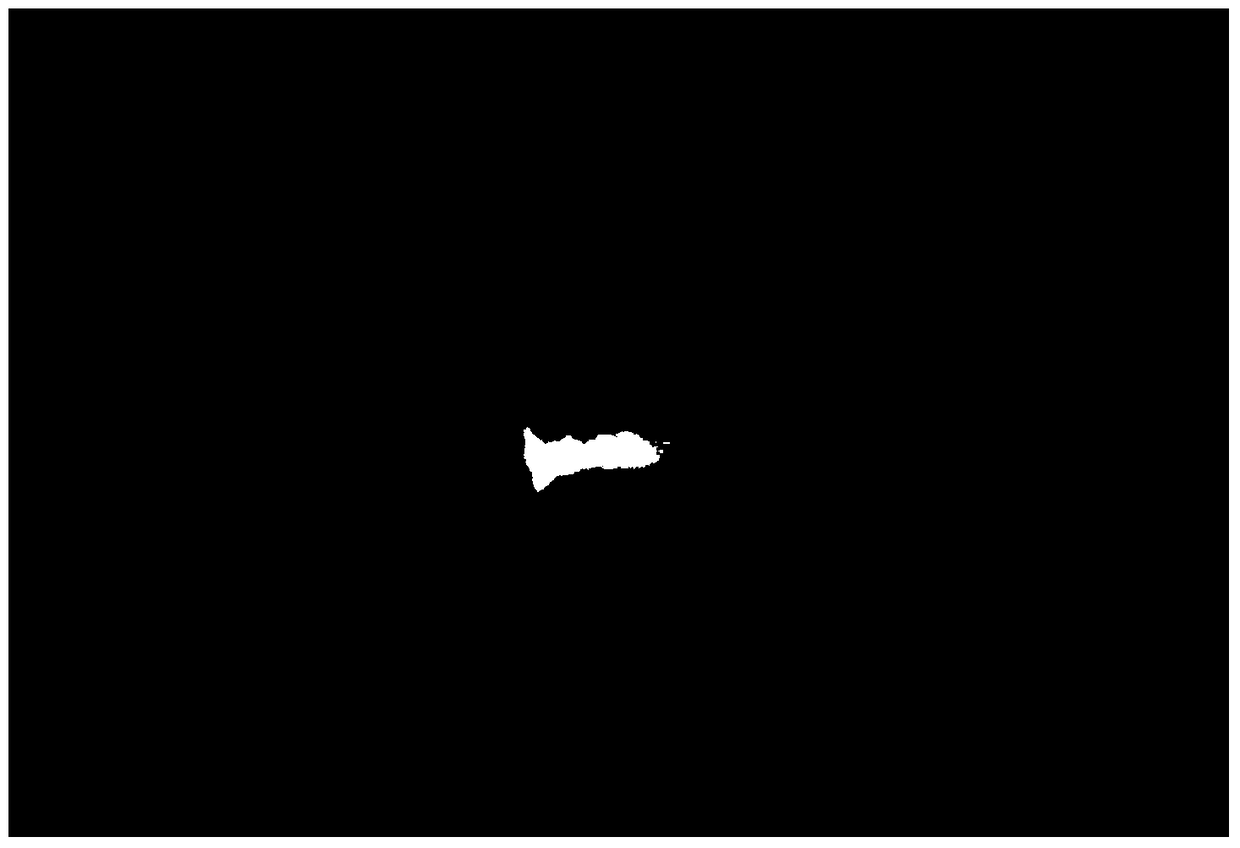A nerve support for nerve injury repair, its preparation method and application
A nerve injury and nerve technology, applied in the field of nerve regeneration biology, can solve the problems of low utilization rate, lack, and low survival rate of neural stem cells, and achieve the effect of maintaining the activity of neural stem cells, promoting the repair of nerve damage, and reducing side effects
- Summary
- Abstract
- Description
- Claims
- Application Information
AI Technical Summary
Problems solved by technology
Method used
Image
Examples
Embodiment 1
[0051] 1) Purchase 180-220g rats, kill the rats by cardiac perfusion, cut off the tail, extract the silver tail tendon from the tail, put it in deionized water, put it on a shaker, temperature 4°C, speed 50-200rpm , repeated washing 5 times, the washed tail tendon was dissolved in 0.05% to 0.1% glacial acetic acid-PBS at a temperature of 4°C, left standing for 2 to 5 days, and the collagen concentration was adjusted to 10mg / ml.
[0052] 2) Take the upper layer of collagen solution, put it into a mold, put the mold into liquid nitrogen to freeze, and then put it in a 2.5L freeze dryer for 8-12 hours to freeze-dry to obtain a collagen sponge, which is a three-dimensional collagen material with a pore size of 30-200 μm , the morphology of the collagen sponge see figure 1 .
[0053] 3) Utilize electron beam irradiation to sterilize the collagen sponge, the treatment condition is: 12kGy 60 Co.
[0054] 4) Dissolve heparin in a cross-linking solution containing 4mM EDC and 2.5mM ...
Embodiment 2
[0059] 1. The preparation method of the nerve conduit that is used for repairing nerve damage, comprises the steps:
[0060] 1) Purchase 180-220g rats, kill the rats by cardiac perfusion, cut off the tail, extract the silver tail tendon from the tail, put it in deionized water, put it on a shaker, temperature 4°C, speed 50-200rpm , repeated washing 5 times, the washed tail tendon was dissolved in 0.05% to 0.1% glacial acetic acid-PBS at a temperature of 4°C, left standing for 2 to 5 days, and the collagen concentration was adjusted to 10mg / ml.
[0061] 2) Take the upper layer of collagen solution, put it into a tubular mold, put the mold into liquid nitrogen to freeze, and then put it in a 2.5L freeze dryer for 8-12 hours to freeze-dry to obtain a hollow tubular collagen sponge, that is, a collagen tube.
[0062] Collagen sponge is the carrier of growth factors and neural stem cells, so the hollow part of the obtained collagen tube can be filled with some collagen sponges to a...
Embodiment 3
[0077] 1. The difference between the preparation method of the nerve guide put in for nerve injury repair in this embodiment and the preparation method of the nerve guide in Example 2 is that the collagen concentration is 20 mg / ml, and the concentration of the cross-linking agent in the cross-linking solution is: 10 mM EDC and 5 mM NHS, the concentration of heparin is 4 mg / mL, the concentration of bFGF is 500 μg / mL, and the rest of the operation steps are the same as in Example 2.
[0078] 2. Detection of cell proliferation and activity by CCK-8.
[0079] Set up 3 groups of parallel experiments of neural scaffolds, the first group is the present embodiment group, in the neural scaffolds of this group, bFGF is fixed on the collagen scaffold by heparin, and is cultured with neural stem cells (HS-bFGF group for short); For the control group, in the nerve scaffolds of this group, bFGF was not fixed with heparin, but the bFGF was simply incubated on the collagen scaffold, and neura...
PUM
| Property | Measurement | Unit |
|---|---|---|
| pore size | aaaaa | aaaaa |
| concentration | aaaaa | aaaaa |
| concentration | aaaaa | aaaaa |
Abstract
Description
Claims
Application Information
 Login to View More
Login to View More - R&D
- Intellectual Property
- Life Sciences
- Materials
- Tech Scout
- Unparalleled Data Quality
- Higher Quality Content
- 60% Fewer Hallucinations
Browse by: Latest US Patents, China's latest patents, Technical Efficacy Thesaurus, Application Domain, Technology Topic, Popular Technical Reports.
© 2025 PatSnap. All rights reserved.Legal|Privacy policy|Modern Slavery Act Transparency Statement|Sitemap|About US| Contact US: help@patsnap.com



